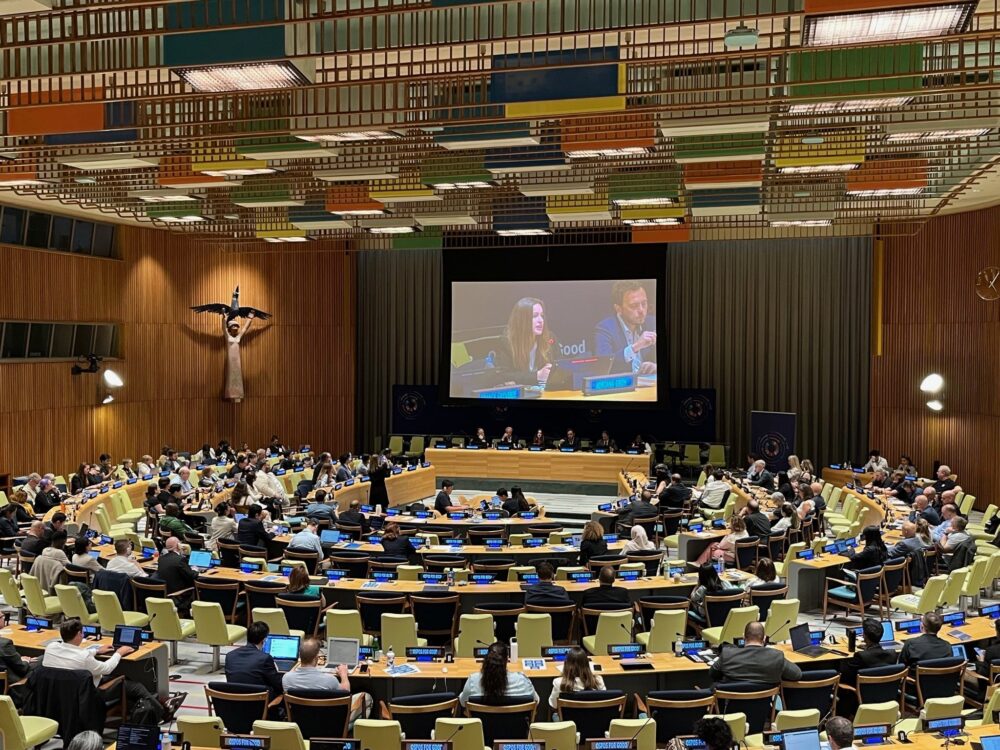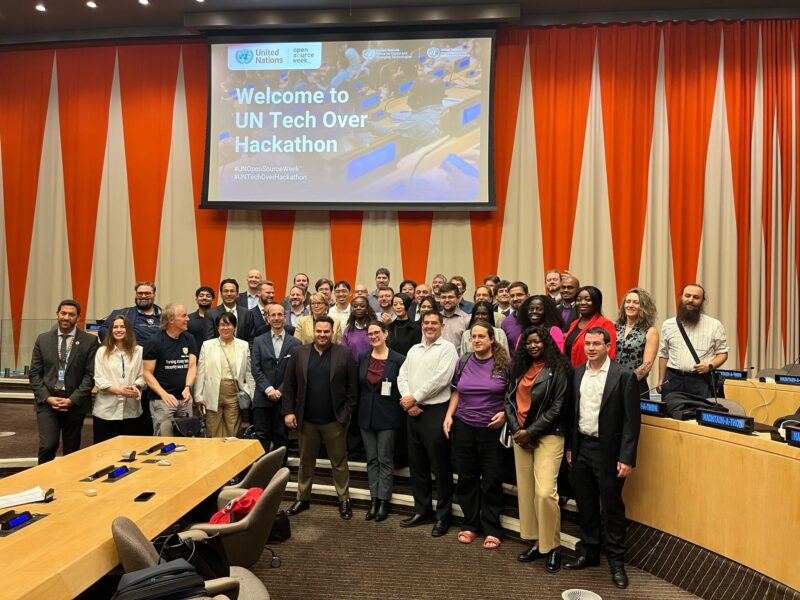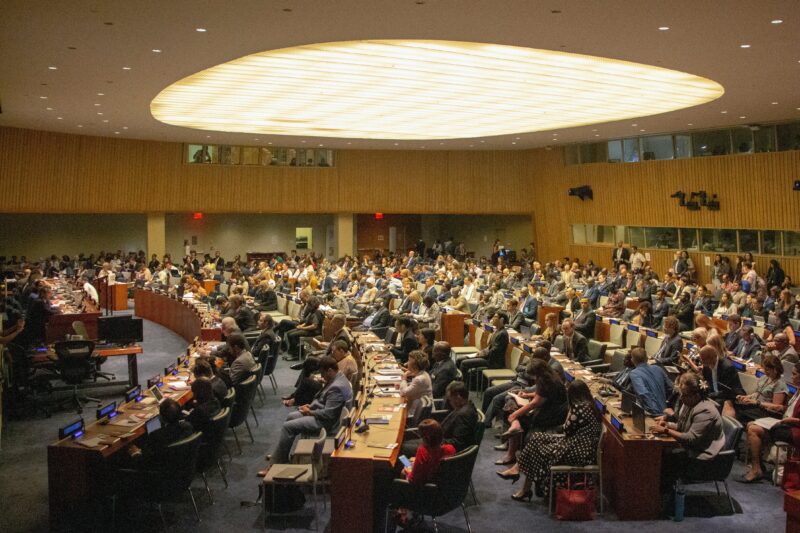
Innovation and Maintenance Are Two Sides of the Same Coin
By Theresa Röcher
In News
At the OSPOs For Good Summit during UN Open Source Week 2025, Adriana Groh spoke on the panel “The Role of Open Source in Digital Public Infrastructure” with Dr. Wolfgang Gehring, Miller Abel, Gabriele Columbro, and Franck Greverie. Here are her insightful remarks on digital infrastructure.
The discussion covered many important areas, from how open source tools and communities support digital public infrastructure, to how governments and institutions can help make that work more sustainable and secure. Together with Wolfgang Gehring (Mercedes-Benz Tech Innovation), Miller Abel (Gates Foundation), Gabriele Columbro (Linux Foundation Europe), and Franck Greverie (Capgemini), with moderation by Ruth Ikegah, Adriana Groh highlighted the need for collaboration, funding challenges, and strategies for long-term impact.
The remarks below have been edited for clarity and length.
Infrastructure has layers. It’s a big word. Addressing these different layers of infrastructure and addressing the complexity in this field is very crucial.
At the Sovereign Tech Agency, we focus on the software that developers need to develop software. We call that “infrastructure,” which is different understanding to what many hear when we talk about DPI (digital public infrastructure). Both things are extremely important and exist at the same time. We need to understand how they are connected, and that we need to address and sustain them in different ways, if we want to get somewhere with open digital infrastructure that serves the public’s interest.
The Sovereign Tech Agency is a quasi-public government organization investing via public procurement in maintaining digital infrastructure in a way that it serves openness and participation. This makes it possible for different participants to build software, maintain software, and innovate, which we believe is crucial for better outcomes, more engagement, healthy competition and innovation, bringing us the results that we need to achieve the SDGs (Sustainable Development Goals), new business models, whatever it is we desire.
What does a government need to deliver in the 21st century?
What we are trying to do is provide a blueprint. We believe we’re doing something in a specific way that is new, trying to carve out a new role for governments. What does a government need to deliver in the 21st century? We had the example with airports: a few tasks, we decided to take care of collectively, because that makes them better. We invest in infrastructure when it’s roads and bridges. We need to find out how to do this in the digital world. The blueprint we’re trying to create is like new government muscle: how can we take care of this in a way that is sustainable, secure, and supports our values, and then share it? It doesn’t help if just one of us doing it, we need to do that collectively. This is why it’s great that we’re talking about this at the UN.
It’s a global task: it doesn’t stop at borders; it’s not a geographical topic; it connects all of us; it’s one shared ecosystem.
Governments, money, and how open source is made
Understanding this nature, also the production logics of open source software is important for governments and all actors, if you want to do good in this ecosystem.
The reality is also that money doesn’t solve all problems, unfortunately. It can create wrong incentives, it can increase stress and pressure, it can rip communities apart, it can do good in the short term but harm in the long term. We need to take all of these factors into account, if we want to channel support into our shared digital infrastructure, into open source communities.
We also need to understand production logic in the sense of governance models. That’s often the most critical part. We cannot just top-down apply new models to communities that have worked in decentralized, volunteer manners for a long, long time.
At the same time, we need to find ways to avoid volunteer burnout, more security issues arising from an absolute increase: AI is creating a lot of stress in the infrastructure layer. The goodwill of providing more support can backfire if we don’t take all this into account.
Continuous investment in essential open source
We do public procurement. It’s not a nice-to-have, it’s a must-have. Open source is what we’re all running on. No matter what product it is, it is the foundation. Using a mindset that is not funding per se, as in giving money once in a while for a short time, but understanding that this is something that needs continuous investment, and that it’s going to pay back in multiple ways. That is often still seen outside of this room as a niche topic.
It takes up most of the time to maintain this ecosystem. We’re all excited about innovation, we had hackathons — we need that of course. But understanding that it’s two sides of the same coin, and if we don’t maintain, we will never get to innovate in a healthy and sustainable way. That really needs to be nailed down in all rooms.
Watch the full panel discussion on UN Web TV, starting at 01:58:24:


